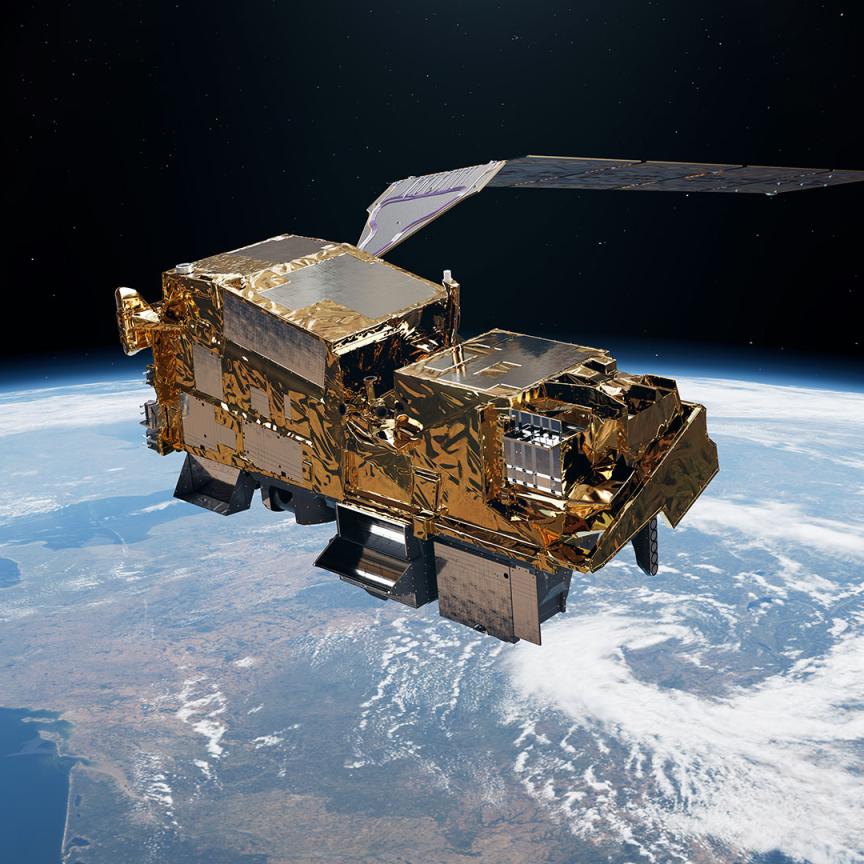A thermal imaging technique taken from astrophysical software is being used by ecologists at Liverpool John Moores University (LJMU) to improve the accuracy of monitoring endangered animal species.
The project is based on machine learning algorithms and astronomical detection tools developed through the open source software, Astropy. It is the brainchild of Professor Serge Wich, a conservationist in the School of Natural Sciences and Psychology at LJMU, and Dr Steve Longmore from the LJMU Astrophysics Research Institute.
The team conducted its first field trial in South Africa in September 2017 to detect Riverine rabbits, one of the most endangered species of mammal in the world. They used a thermal camera attached to a drone to fly over the rabbits’ habitat.
‘The rabbits are very small, so we flew the drone quite low to the ground at a height of 20 metres,’ explained LJMU’s Dr Claire Burke. ‘Although this limited the area we could cover with the drone, we managed five sightings. Given that there have only been about 1,000 sightings of Riverine rabbits by anyone in total, it was a real success.’
Burke presented details of the system at the annual meeting of the European Astronomical Society, held in Liverpool, UK from 3 to 6 April.
The team has developed software that models the effects of vegetation blocking body heat, allowing the detection of animals concealed by trees or leaves. The system is now being refined and upgraded to compensate for atmospheric effects, weather and other environmental factors.
Following an initial pilot project to test the concept with infrared footage of cows and humans filmed by drone at a farm in the Wirral, the team at LJMU has worked with Knowsley Safari and Chester Zoo to build up libraries of imagery to train the software to recognise different types of animals in different types of landscape and vegetation. Now, the team is embarking on field tests with endangered species.
‘Since animals and humans in thermal footage glow in the same way as stars and galaxies in space, we have been able to combine the technical expertise of astronomers with the conservation knowledge of ecologists to develop a system to find the animals or poachers automatically,’ commented Burke.
‘Humidity can be an issue, but our biggest problems occur when the temperature of the ground is very similar to that of the animal we are trying to detect,’ added Maisie Rashman, who presented the technical aspects of the project at the meeting.
The astro-ecologists face their next field challenges in May, looking for orang-utans in Malaysia and spider monkeys in Mexico, followed in June by a search for river dolphins in Brazil.
‘Our aim is to make a system that is easy for conservationists and game wardens to use anywhere in the world, which will allow endangered animals to be tracked, found and monitored easily and poaching to be stopped before it happens,’ said Burke.

